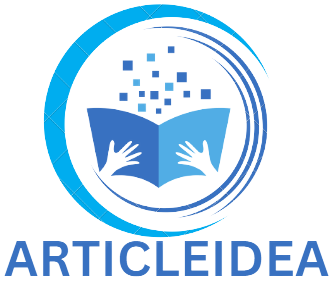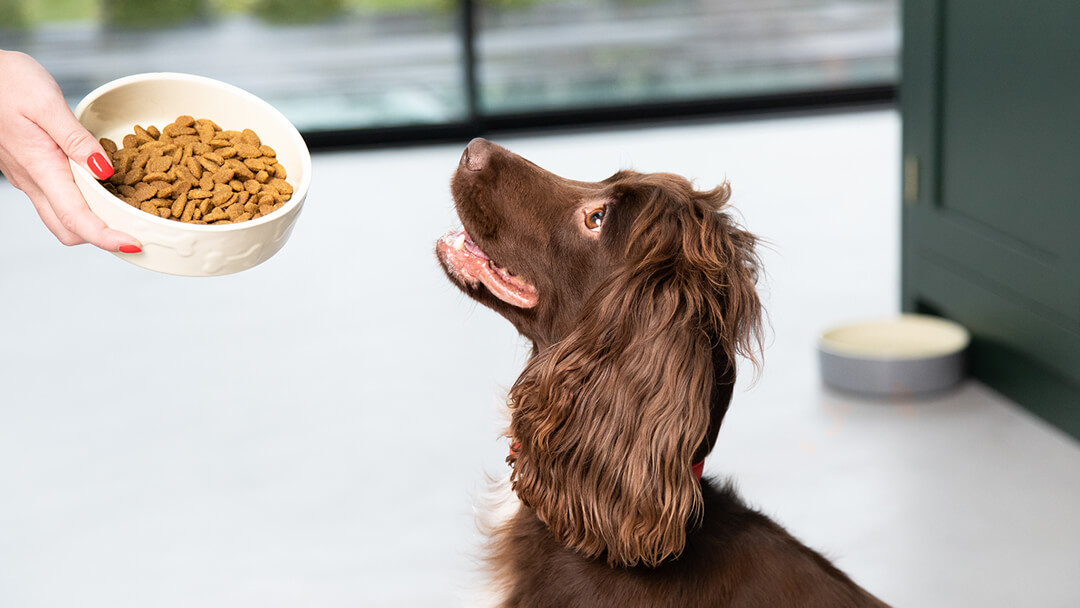A nutritious diet will help your dog stay that way for many years to come. Eating the proper quantity of food is equally vital as it helps one to maintain a healthy weight. Overfeeding a dog is simple and will eventually affect their health and well-being.
Dogs require a specific quantity of energy to maintain their daily routines. Exercise, pregnancy, nursing, and growth all raise these typical energy needs. Energy is often expressed in terms of calories and is derived from three main food groups: fats, proteins, and carbs. If you’re a pet owner and want to be sure that your pet’s specific daily needs are satisfied, you should speak with veterinarian seattle wa.
The Dog’s Ideal Diet
Sadly, there isn’t a single correct response because your dog’s needs will determine what constitutes the “right” food. Dogs can digest both meat and veggies since they are omnivores. As a result, kids require a diet rich in fiber, minerals, vitamins, lipids, and proteins in moderation. Always choose high-quality dog food over a low-quality, inexpensive substitute.
Dry or Wet Food
Dog food comes in a variety of varieties, but dry food labeled as “complete” is typically the best choice. These are a simple and easy-to-store source of all the nutrients your dog needs. Because they help eliminate tartar and plaque from the teeth, they are also far healthier for your dog’s dental health than wet food. You won’t need to feed them as much because dry food has a nutritional content and includes far less water.
Additionally, dogs recovering from surgery or injuries find wet food simpler to consume, and it can help some sick animals. Since many dogs prefer wet food, even if they can occasionally get themselves into a bit of a mess, many owners choose to combine the two.
Select the Appropriate Meal for Dog
Check the ingredients list before selecting any kind. Steer clear of items that have “meal,” “animal derivative,” or “cereals” among their first few components, as they typically denote lower-quality food. When providing individualized nutrition suggestions for your dog, your veterinarian or nurse will consider the dog’s age, lifestyle, and any underlying medical concerns.
Human Food Toxic to Dogs
While it may be tempting to give your dog food straight from your plate, you should take the time to find out which popular foods are hazardous to dogs. Common foods that you should never give your dog include Almonds, Onions, Raisins, Garlic, Chocolate, Leeks, and Leftover bones.
The Recommended Amount of Food for Dogs
Your dog’s food intake should be determined by their size, age, and breed. There are typically rules on the box of dog food, so this is a good place to start. After that, you’ll need to monitor their weight to see whether they’re eating too much or not enough. From the side, you should be able to feel the final two or three ribs, but not see them, and from above, you should be able to see your waist. During your dog’s next examination, your veterinarian will weigh your dog to make sure they are the proper size.
Summary
It is feasible for dogs to follow nontraditional diets, including home-cooked meals, and in certain cases, it may even be necessary due to medical issues. Remember that not every meal that is good for humans is also good for dogs, or even absorbable or tolerable. To make sure that every meal is prepared and balanced for your dog’s needs and lifestyle, think about consulting dog care murrells inlet sc.

